Reshaping Jewelry Design: The Power of Resins and 3D Printing
The jewelry industry is going through a transformation, with 3D printing using castable resins paving the way for innovation. The old days of tough prerequisites needed to be achieved for Jewelry to be designed and massive hours of craftsmanship along with landmark difficulty in mould making have long gone. Nowadays, jewelry can be designed with 3D printing castable resin to get extremely precise, high-quality jewelry.
The Role of 3D Printing in Jewelry Making
Nowadays, resin for jewelry making is commonly used and in this case, 3D printing is very important in the designing process. With the use of digital modeling, they can create very accurate pieces with detailed design work which may be a very tedious task to accomplish manually. 3D printing allows jewelers to:
i. Produce prototypes quickly: Using 3D printing jewelers can obtain their prototypes within a shorter time compared to the usual method. This is especially helpful for client-ordered designs since the client gets to see the piece before it goes through casting.
ii. Ensure precision: 3-D printing guarantees that all the features of the object as modeled on the computer are captured in the resultant object. This is especially important when designing complicated pieces of jewelry like rings, pendants, earrings, and so on.
iii. Reduce waste: In traditional casting operations considerable amount of material can be left unused as part of the process. 3D printing however reduces such waste in that it just uses the required resin to produce the design.
Proto Resins and Their Applications
Castable resins by Proto Resins have revolutionized jewelry design in this decade, offering a diverse range of options for various applications. Let's delve into some of the most popular choices to be used in DLP and LCD printers:
-
Sharp Castable Resin
Sharp Castable Resin has the properties of having very high casting resolution making it suitable for creating sharp edges in the mold. This resin is very accurate and allows the jewelry to retain all details at the time of the casting process. It is perfect for high–end jewelry designs where precision and detail are crucial.
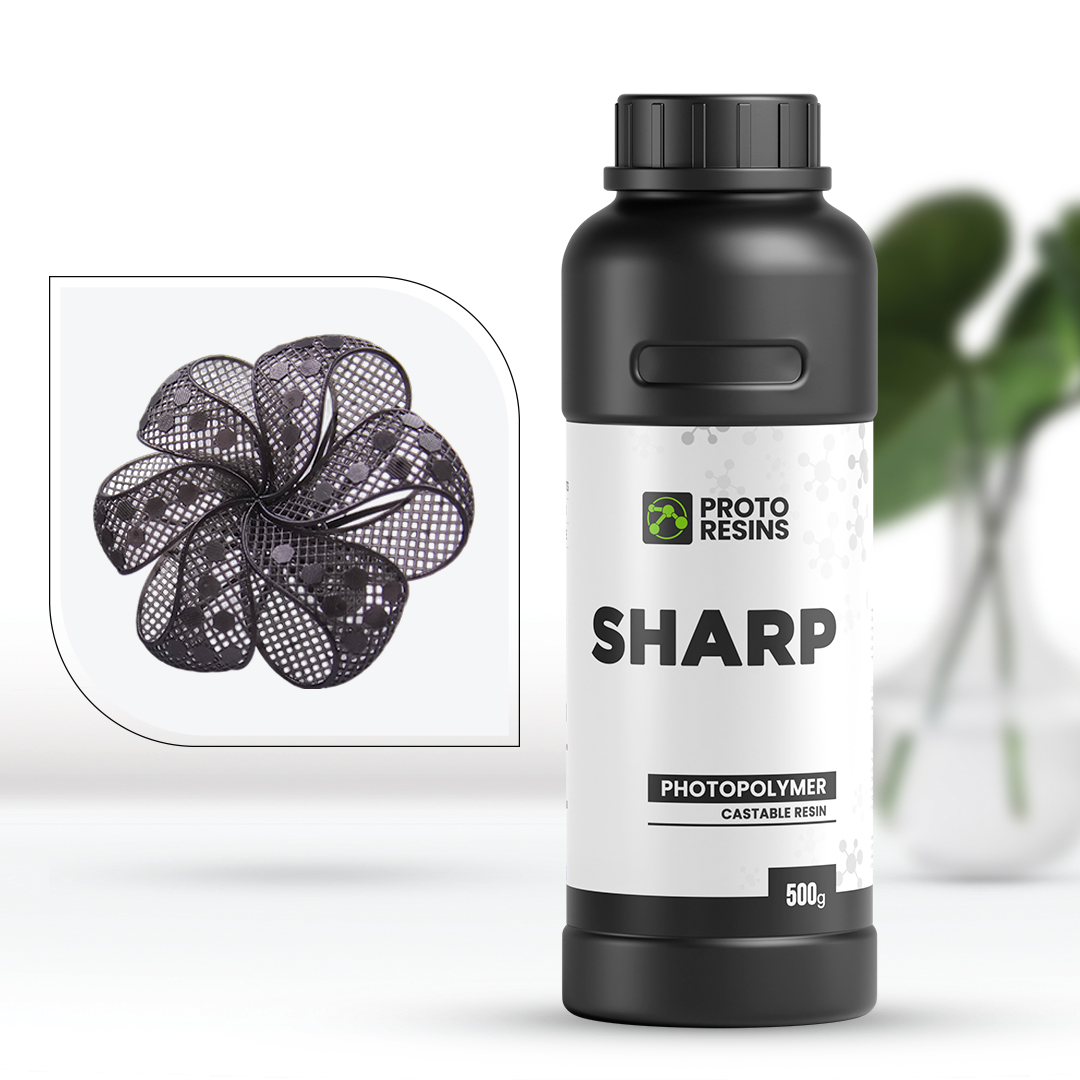
-
ForoWax Castable Resin
ForoWax Castable Resin is a high-quality resin that is ideal to be used by jewelers who want to achieve clear wax-like prints that can easily be burnt out. In this regard, it is particularly useful when creating designs that need to have a surface that is smooth as well as for replication of fine details which makes it ideal for making rings and pendants.
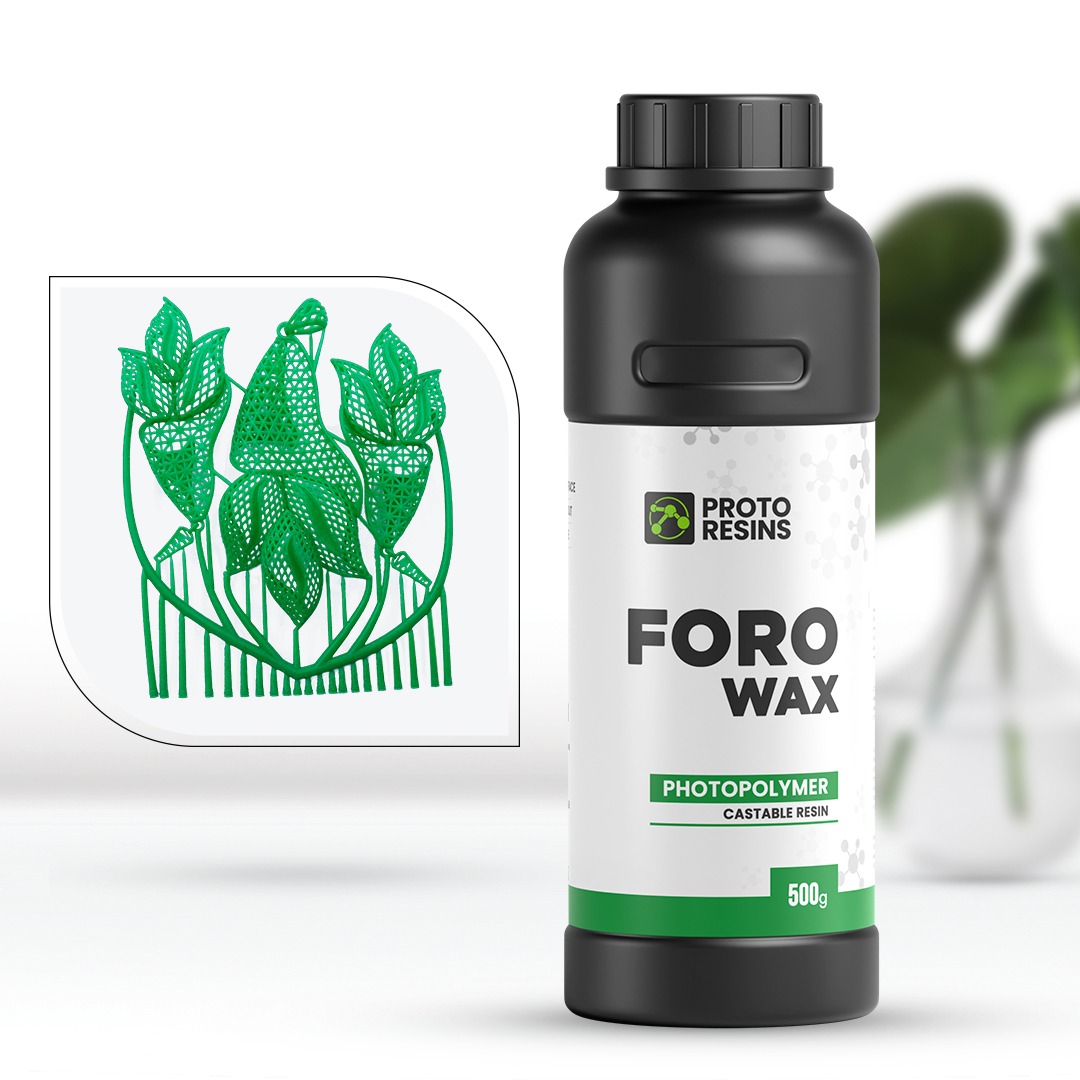
-
Velvet Castable Resin
The Velvet Castable Resin has been named as such because of its ability to create a velvet-like texture in the finished piece. This resin is ideal, especially for jewelers who want a surface finish as this material gives a smooth surface that is suitable for forming complex designs that require smooth curves and surfaces.
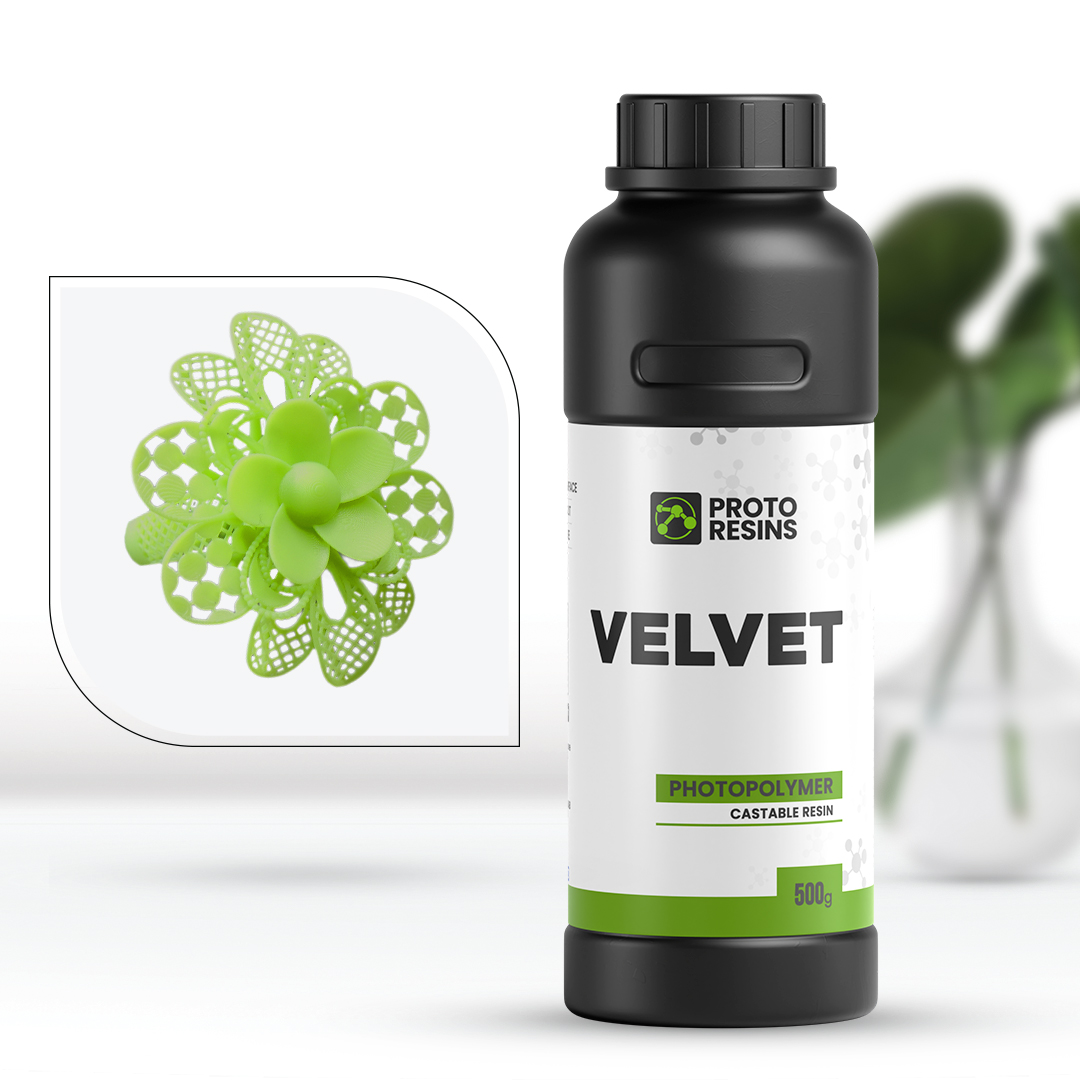
-
Garnet Castable Resin
If jewelers require a strong and multi-purpose resin for the creation of their designs, Garnet Castable Resin is the perfect fit for them. This material is highly appreciated for durability and accuracy, so it is ideal for one-off and highly detailed designs as well as for mass production.
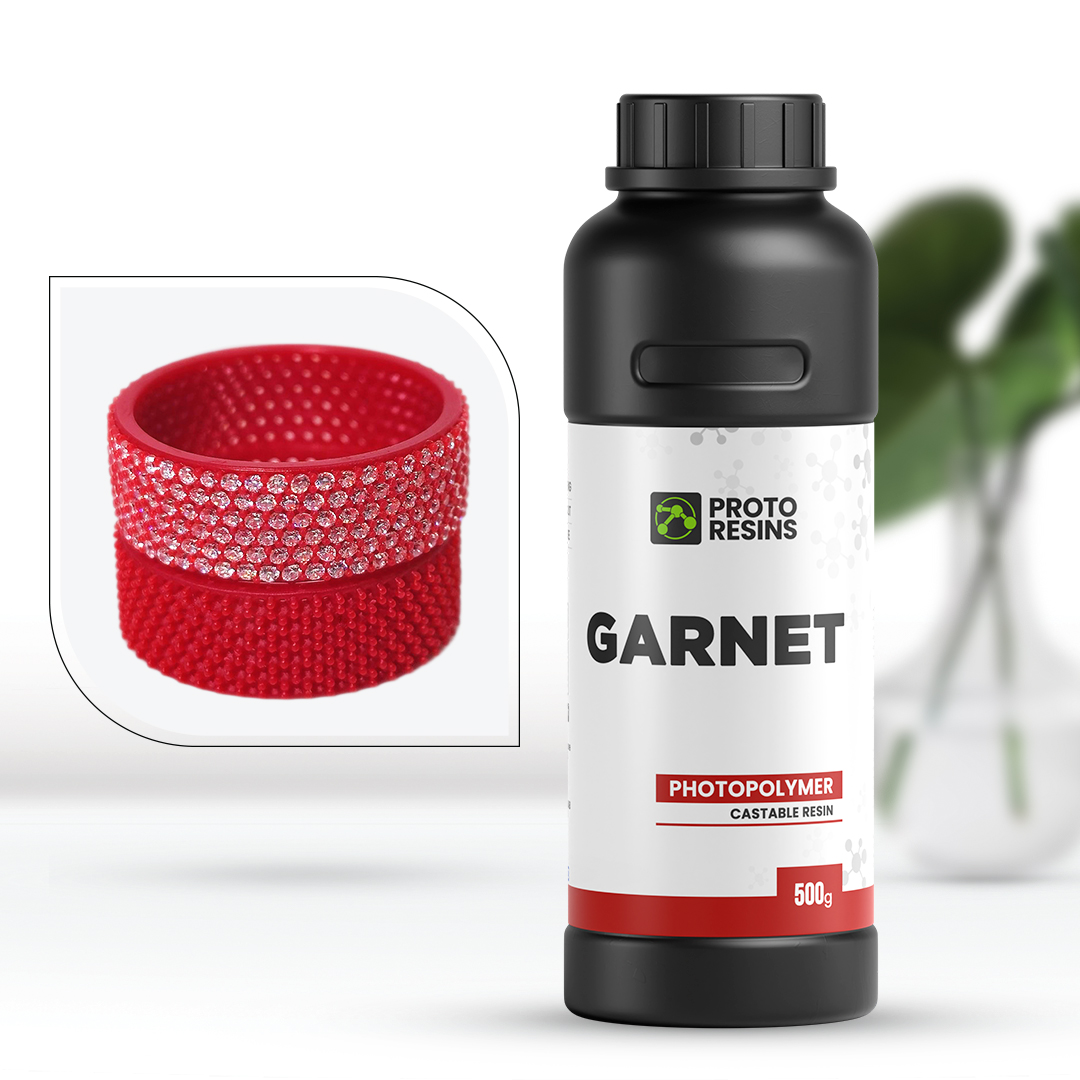
-
4Melt Castable Resin
For those concerned with high-production casting, there is only one choice – 4Melt Castable Resin. It is specifically developed with jewelry makers in mind who require making intricate pieces of jewelry in large quantities. Its super-shiny surface and highly detailed printing help make it ideal for use in men’s rings and products that are always in demand.
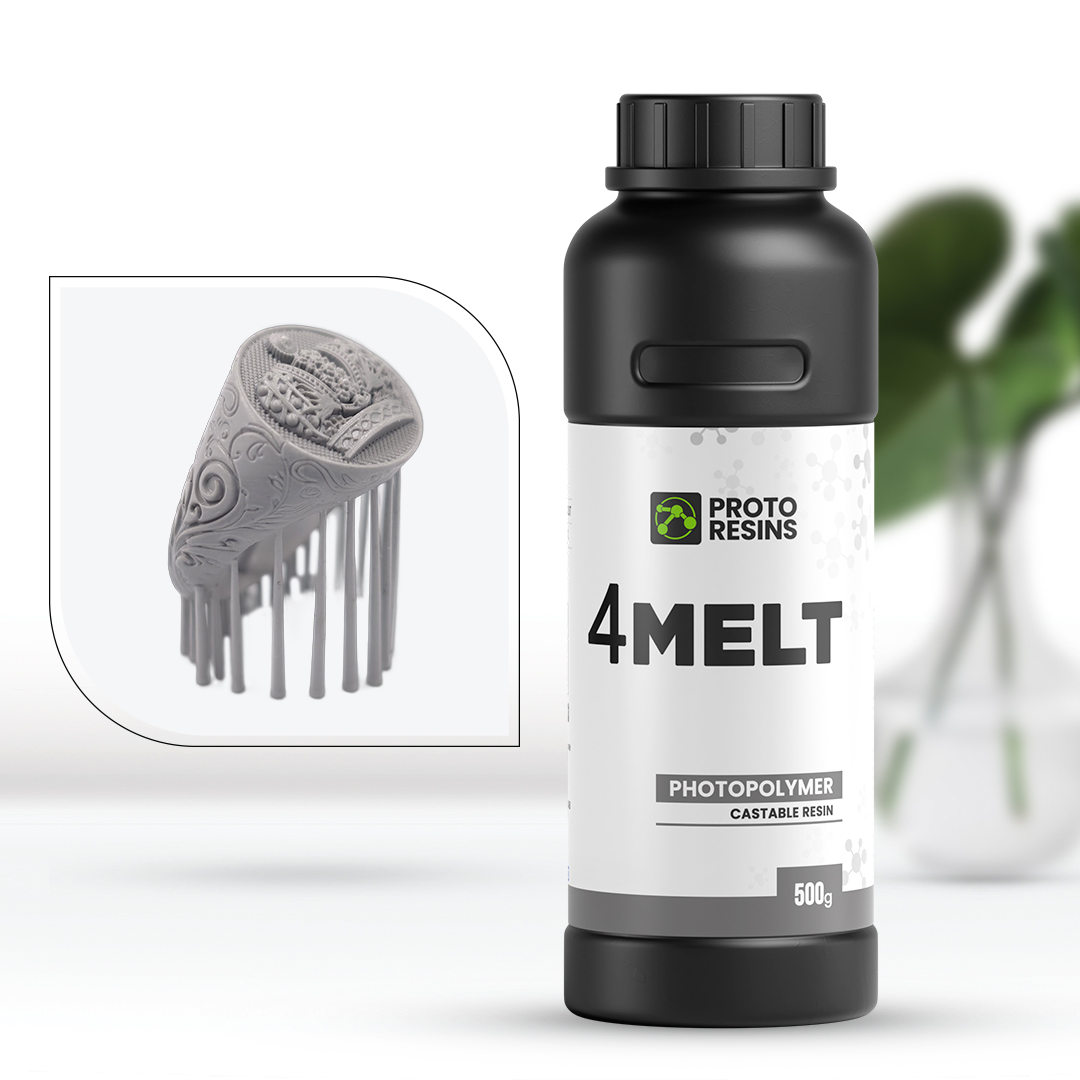
-
ProMould RTV Model Resin
With respect to mould making, jewelers require materials that offer both strength and elasticity to enable the development of excellent molds; ProMould RTV Model Resin delivers on both fronts. This kind of resin is very useful when being used to make master moulds so that every subsequent casting is as accurate as the original model.
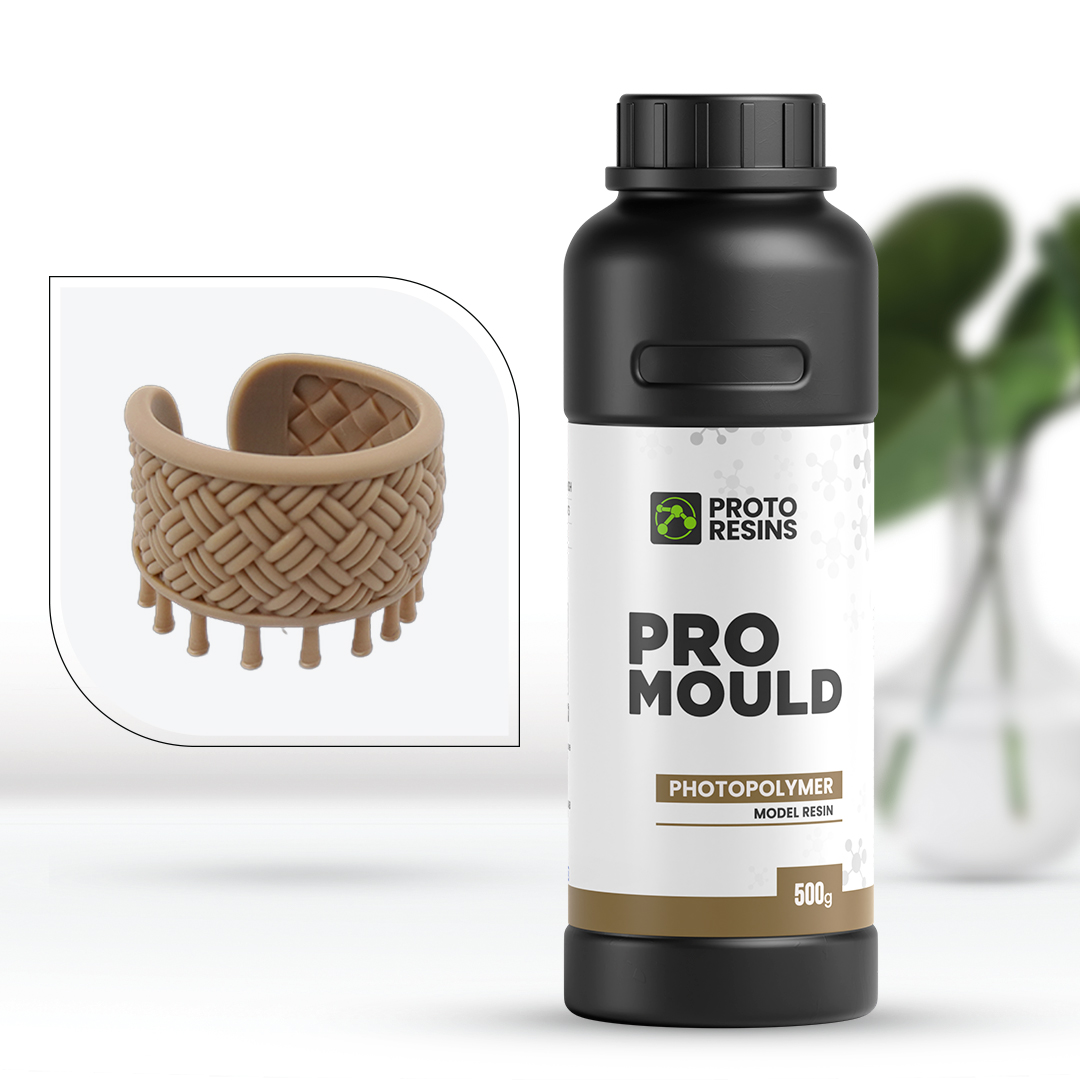
The Casting Process with Resins
The procedures of creating jewelry with resin involve such steps as designing a piece in CAD (Computer-Aided Design). Once the design is complete, the 3D printer creates the model using castable resins. Finally, the printed model is subjected to post-processing, which in order includes cleaning, curing, and preparation of the resin to be used in casting.
When the resin model is prepared, it is then packed and surrounded with investment material in a casting mold, which is then heated in a kiln, causing the resin to char away and create a cavity that mimics the shape of the jewelry item. The mould is then filled with molten metal to make the final jewelry product through pouring the metal into the cavity.
Once the metal cools and becomes set, the mould is then crushed to expose the cast jewelry piece. In some cases, due to the design, the piece has to be polished or have other finishing touches put on it to turn out as intended.
The Future of Jewelry Design with 3D Printing and Resins
In the current world that is dominated by new technologies, 3D print resin casting is gradually finding its way into the operations of certified jewelers, as well as enthusiasts. When using 3D printing in the Jewelry industry coupled with quality castable resins such as Sharp castable resin, Forowax castable resin, Velvet castable resin, Garnet castable resin, 4 melt resin, and Pro Mould RTV model Resin then the jewelry industry moves to a whole new level of creativity, accuracy and efficiency.
For those who want to create jewelry using resin, there is so much more to look forward to in the coming years. Whether one is working on jewelry design which involves intricate and unique items, or in mass production, resin for jewelry making will remain relevant in the market given that it ensures excellent work is done.

